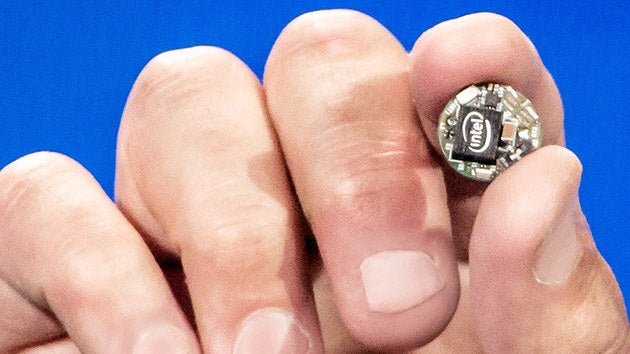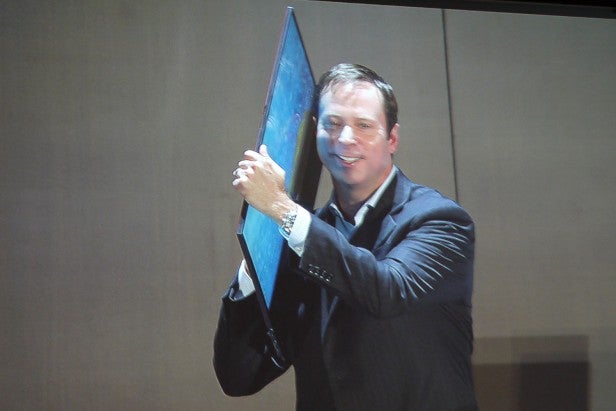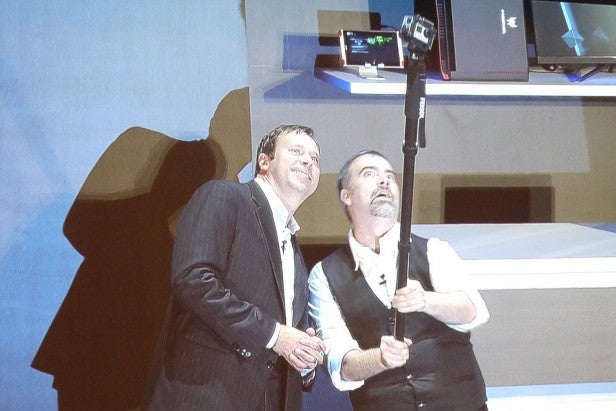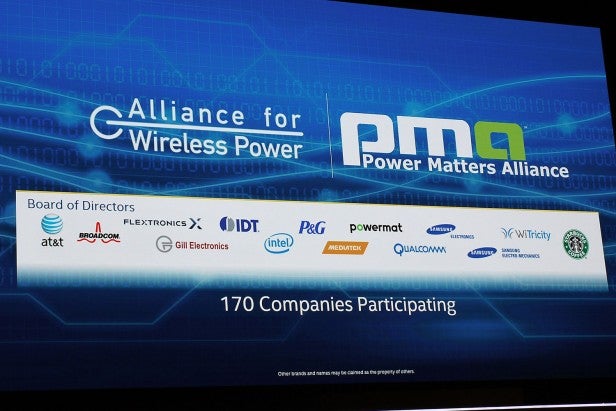Intel expects power of super computer in button-sized machine by 2020

Intel has set forth its vision for the near future of technology based on its products, revealing that it expects there to be the same 120gigaflops processing power in a machine the size of a button in 2020 as there was in a super computer from 1993.
The figure was used by Kirk Skaugen, Intel’s SVP and General Manager of client devices, in his keynote speech here at Computex to demonstrate just how quickly technology is developing, suggesting its Intel Curie platform for wearable devices will have this level of processing power within five years. Given that it currently can run at 2gigaflops, it clearly still has some way to go.
Looking a little less far into the future, Intel also showed off a couple of prototype touchscreen PC devices based on its upcoming generation of processors that will be arriving in products next year.

The most notable of these was a large all-in-one touchscreen PC that is passively cooled, battery powered, much less than an inch thick and that can fold flat. Skaugen even joked it could be the future of mobile phones.
Intel believes that what will drive the need for such processing power will be yet further advancements in video. There’s been a lot of talk of 4k being the next big challenge for processor companies here at Computex but Intel showed how that’s just the start.

Using a selfie stick equipped with six GoPro 4k cameras it showed how we are now on the cusp of being able to have 360 degree video, with that only set to increase the demand for processing power by another order of magnitude or two.
Intel also genuinely sees a not-too-distant future where wires are all but eliminated for mobile computing devices. Clearly data transfer is all but there and, although still not widely adopted, WiDi wireless video is slowly gaining traction. 
Crucially, though, it’s the proliferation of wireless charging that is key to us all being able to ditch wires in our daily lives. To this end Intel revealed that the two pre-existing wireless power standards groups will now merge creating a unified wireless power group that will hopefully lead to completely standard wireless charging in the near future.

